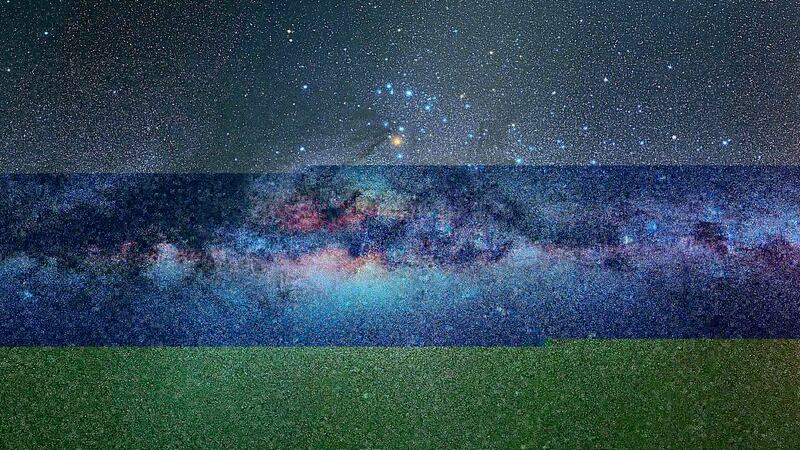BILLIONS of stars in our galaxy, the Milky Way, have between one and three planets which could potentially support life, according to scientists.
Astronomers came to the conclusion after calculating the chances of planets orbiting in the "habitable zone" - the region just the right distance from a parent star to allow mild temperatures and watery oceans.
Danish researcher Steffen Kjaer Jacobsen, from the University of Copenhagen, said: "According to the statistics and the indications we have, a good share of the planets in the habitable zone will be solid planets where there might be liquid water and where life could exist."
The findings are based on data from the American space agency Nasa's Kepler space telescope, which has confirmed the existence of around 1,000 planets orbiting stars in the Milky Way and identified an estimated 3,000 other candidate worlds. Many of the stars have solar systems of two to six planets but scientists believe there could be more that remain undiscovered by Kepler, which is best suited to finding large planets in relatively close orbits.
To estimate the positions of the "hidden" planets, the researchers updated a 250-year-old mathematical concept called the Titius-Bode law, which correctly inferred the existence of Uranus before it was observed. The law says there is a certain ratio between the orbital periods of planets in a solar system. Because of this, if you know how long it takes some planets to circle a star, you can work out the time taken for other planets to orbit and thereby fix their positions in the planetary system. You can also calculate if a planet is missing in the sequence.
"We decided to use this method to calculate the potential planetary positions in 151 planetary systems, where the Kepler satellite had found between three and six planets," Mr Jacobsen said.
"In 124 of the planetary systems, the Titius-Bode law fit with the position of the planets. Using T-B's law we tried to predict where there could be more planets further out in the planetary systems. But we only made calculations for planets where there is a good chance that you can see them with the Kepler satellite."
In this way, the scientists predicted a total of 228 planets in the 151 systems and concluded that each system should have an average of one to three planets in the habitable zone.
Extrapolating further, this suggested that there could be billions of stars in the Milky Way with habitable zone planets where surface water and life could exist.
The scientists, whose findings appear in the journal Monthly Notices of the Royal Astronomical Society, have made a shortlist of 77 "hidden" planets that stand a good chance of being spotted as they pass in front of their parent stars.


